Air Conditioner Fan Motor
₹3,499.00 – ₹8,999.00
Introduction to Air Conditioner Fan Motors
Air conditioner fan motors play a pivotal role in the operation of air conditioning systems, serving as essential components that facilitate effective air circulation and temperature regulation. These motors are responsible for driving the fans that disperse cooled or heated air throughout indoor and outdoor spaces, thereby promoting comfort and maintaining a stable environment. Without adequate fan motor functionality, an air conditioning unit would struggle to provide the desired cooling or heating effect, leading to inefficiency and discomfort.
In essence, an air conditioner consists of various components that work cohesively to ensure optimal performance. Among these, the fan motor stands out as a key element. It operates by converting electrical energy into mechanical energy, which, in turn, powers the fans. This process not only helps in circulating conditioned air but also aids in the removal of excess heat from the system, preserving its operational integrity. Understanding the air conditioner fan motor is crucial for anyone looking to grasp the overall functionality of air conditioning systems.
There are several types of fan motors used in air conditioners, each designed to cater to specific operational needs and enhance energy efficiency. The most common types include single-speed motors, multi-speed motors, and variable-speed motors. Each type has its own advantages, allowing users to choose the most suitable option based on their performance requirements and budget considerations. Furthermore, regular maintenance of these motors ensures longevity and efficiency, highlighting the importance of paying attention to this component in any air conditioning system.
Types of Air Conditioner Fan Motors
When examining the functionality of air conditioning systems, the fan motor plays a critical role in ensuring efficient operation. There are several types of fan motors commonly used in air conditioners, each with distinct characteristics that cater to different applications. The three prevalent types include shaded pole motors, permanent split capacitor (PSC) motors, and electronically commutated motors (ECMs).
Shaded pole motors are often found in smaller, less complex air conditioning units. They are characterized by their simple design and low cost, making them a popular choice for applications where energy efficiency is less of a concern. Shaded pole motors utilize a magnetic field, created by a stator, to rotate the rotor. While they are less efficient than other motor types and produce limited torque, they are adequate for small fans and can operate in a variety of conditions.
Permanent split capacitor (PSC) motors, on the other hand, offer improved efficiency and performance compared to shaded pole motors. These motors use a capacitor to maintain a constant phase difference in the electrical current, which in turn provides increased starting torque. PSC motors are commonly used in medium-sized air conditioning systems, as they are better suited for applications requiring more power and efficiency. They also produce less noise and vibration, contributing to a more comfortable indoor environment.
Electronically commutated motors (ECMs) represent the most advanced technology currently available for air conditioner fan motors. They utilize a complex electronic control system to adjust the motor speed based on real-time conditions, significantly enhancing energy efficiency. ECMs are characterized by their ability to provide variable speed operation, which leads to improved airflow and reduced energy consumption. This makes them an excellent choice for high-efficiency air conditioning systems that prioritize energy savings and environmental considerations.
How Air Conditioner Fan Motors Work
The air conditioner fan motor plays a crucial role in the cooling process of an air conditioning system. At its core, this motor is responsible for driving the fan that circulates air across the evaporator coil and throughout the living space. Understanding how these motors operate involves examining several fundamental principles, including motor speed, torque, and the interaction with the electrical system.
Air conditioner fan motors typically operate on the principles of electromagnetism. When electricity flows through the motor’s windings, it creates a magnetic field that causes the rotor to spin. The speed of the fan motor is adjustable, which is essential for regulating airflow and maintaining a comfortable indoor environment. Most modern air conditioning units utilize variable-speed motors, allowing for efficiency and greater control over the air distribution process.
Torque is another important aspect of air conditioner fan motor functionality. It refers to the rotational force the motor produces, which is necessary for starting up and maintaining the fan’s operation. A fan motor with high torque is especially important during peak cooling days when airflow demands increase. The motor must generate sufficient force to move air effectively, ensuring that the compressor and evaporator functions optimally.
The electrical system largely influences the performance of the air conditioner fan motor. This system includes components such as capacitors and relays, which help in supplying the appropriate voltage and current needed for smooth operation. A malfunction in the electrical system can disrupt the performance of the fan motor, leading to inefficiencies or total unit failure. Therefore, the interaction between the fan motor and other components like the compressor and evaporator is vital for the overall effectiveness of the air conditioning system.
Common Issues with Air Conditioner Fan Motors
Air conditioner fan motors play a crucial role in ensuring proper airflow throughout a cooling system. However, like any mechanical component, they are susceptible to issues that can hinder their performance. Recognizing the symptoms of motor failure is essential for effective maintenance and timely repairs. Common indicators of a faulty fan motor include unusual noises, inadequate airflow, and overheating. These symptoms may manifest for various reasons, requiring careful diagnosis to determine the underlying cause.
One of the most prevalent problems is unusual noises emanating from the air conditioner. If the fan motor generates grinding, squeaking, or rattling sounds, it may suggest that there is a mechanical obstruction or that the motor bearings are worn. Such noises are critical signals that should not be ignored, as they may lead to further damage if not addressed promptly. Additionally, a lack of airflow can indicate that the fan motor is not functioning correctly. If the air conditioning system fails to circulate air effectively, the motor might not be spinning at the required speed due to electrical issues or wear and tear.
Overheating is another significant issue associated with air conditioning fan motors. An overheated motor can lead to permanent damage, ultimately necessitating a complete replacement. Factors contributing to motor overheating include insufficient lubrication, excessive dust buildup, or electrical malfunctions. Obstructions in the fan blades or surrounding areas can also hinder airflow and cause the motor to overheat, making routine maintenance essential to prevent such occurrences.
Understanding these common issues helps homeowners recognize potential problems early. By identifying symptoms related to air conditioner fan motors, one can determine when it is advisable to seek professional assistance. Timely intervention can prevent extended downtime and costly repairs, ensuring that air conditioning systems function efficiently throughout their intended lifespan.
Maintenance Tips for Air Conditioner Fan Motors
Proper maintenance of air conditioner fan motors is essential for ensuring optimal performance and extending the lifespan of your cooling system. Regular maintenance not only helps in identifying potential issues before they escalate but also improves the efficiency of your air conditioner. Here are several practical maintenance tips to consider.
First and foremost, it is crucial to keep the fan motor and surrounding components clean. Dust and debris can accumulate on the motor and impede its function. Use a soft brush or a vacuum with a brush attachment to gently remove dirt from the fan blades and motor housing. Make it a routine to inspect and clean these areas at least once every few months, particularly during peak usage seasons.
Lubrication is another important aspect of fan motor maintenance. Over time, the lubricant in the motor bearings can wear down, increasing friction and causing the motor to overheat. Most fan motors have oil ports that you can use to replenish the lubricant. It is advisable to refer to the manufacturer’s guidelines on the specific type of lubricant to use and how often to apply it, typically at least once a year.
Regular inspections are vital as well. During these checks, examine the electrical connections for signs of wear or corrosion, and ensure that the motor is securely mounted. Listen for unusual noises that may indicate a problem. Any signs of excessive vibration or overheating should prompt immediate attention, as these may be indicative of a failing motor.
Finally, it is crucial to know when to replace the fan motor. If the motor struggles to start, exhibits frequent overheating, or has decreased airflow even after cleaning and lubrication, these may signal that replacement is necessary. By following these maintenance tips, you can ensure that your air conditioner fan motor continues to operate effectively, enhancing the overall efficiency of your cooling system.
| Brand Name | Amazonbasics, Blue Star, BPL, Carrier, Croma, Cruise, Daikin, Electrolux, Godrej, Gree, Haier, Hisense, Hitachi, Hyundai, IFB, Impex, Intex, Kelvinator, Koryo, LG, Livpure, Lloyd, MarQ by Flipkart, Micromax, Midea, Mitashi, Mitsubishi, Motorola, Nokia, O General, Ogeneral, Onida, Panasonic, Realme, Realme TechLife, Samsung, Sansui, Singer, TCL, Thomson, Toshiba, Trane, Vestar, Videocon, Voltas, Whirlpool, White Westinghouse |
|---|---|
| Type | Inverter Split, Inverter Window, Split, Window |
| Capacity | 1 Ton To 1.5 Ton, 2 Ton |
1 review for Air Conditioner Fan Motor
Only logged in customers who have purchased this product may leave a review.
Related products
-
Air Conditioner Parts
Air Conditioner Compressor
₹11,999.00 – ₹22,999.00 Select options This product has multiple variants. The options may be chosen on the product pageRated 5.00 out of 5 -
Air Conditioner Parts
Air Conditioner Evaporator Coil
Rated 5.00 out of 5₹19,999.00Original price was: ₹19,999.00.₹18,999.00Current price is: ₹18,999.00. Select options This product has multiple variants. The options may be chosen on the product page -
Air Conditioner Parts
Air Conditioner Blower Motors
₹3,999.00 – ₹7,199.00 Select options This product has multiple variants. The options may be chosen on the product pageRated 5.00 out of 5 -
Air Conditioner Parts
Air Conditioner Refrigerant Gas
₹1,899.00 – ₹4,999.00 Select options This product has multiple variants. The options may be chosen on the product pageRated 5.00 out of 5

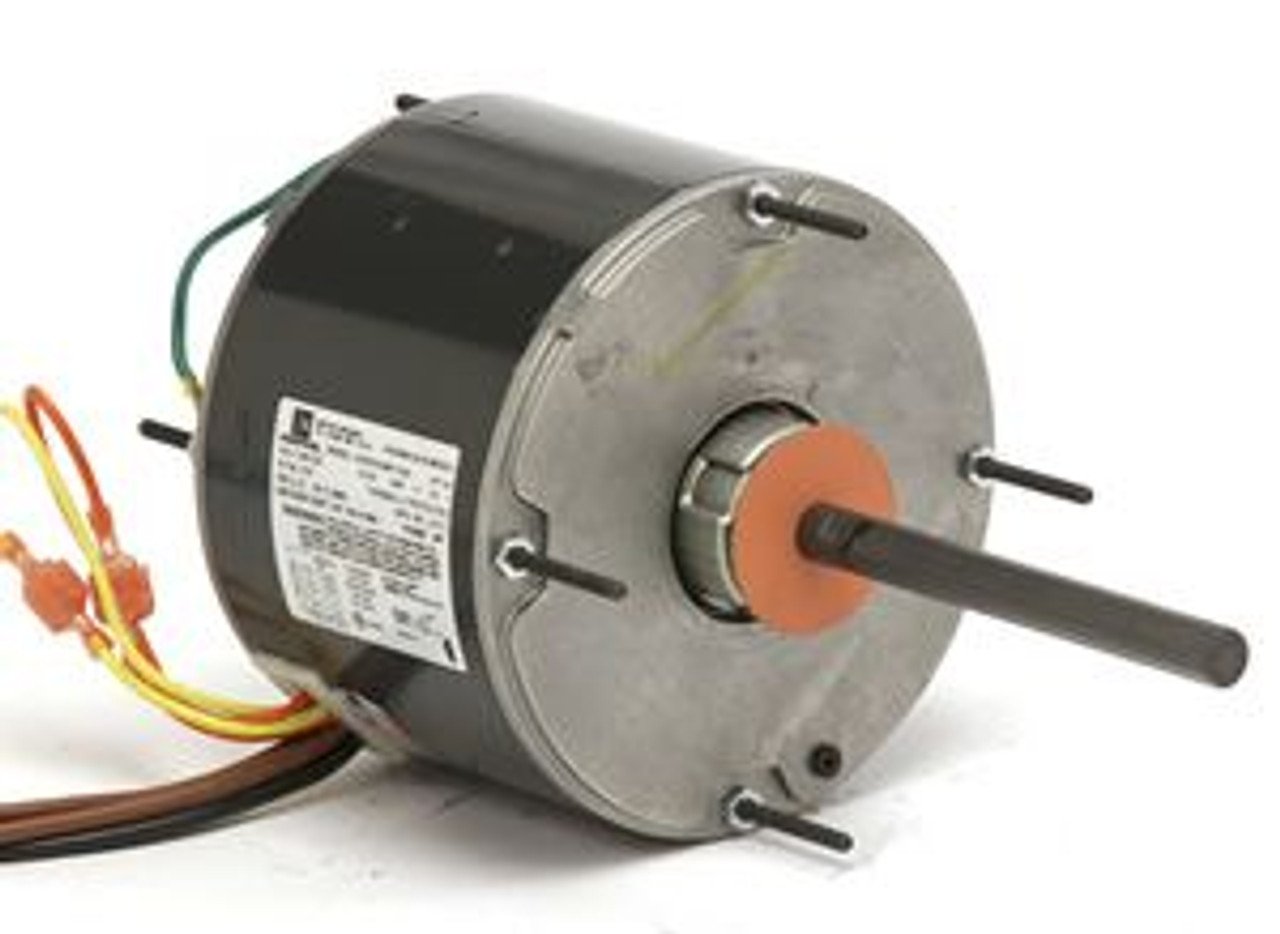
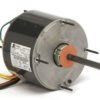
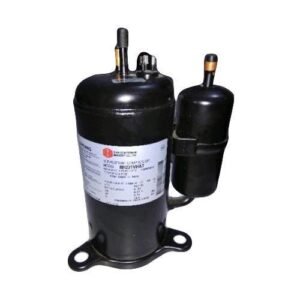
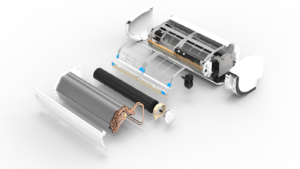
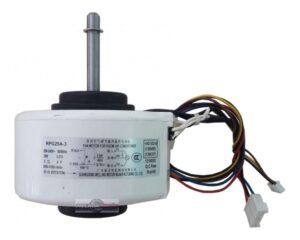

Sanjay Kumar (verified owner) –
Fantastic protection and customer support. The extended warranty was a smart choice for my phone repairs.